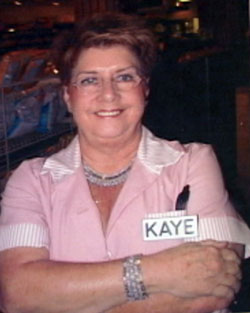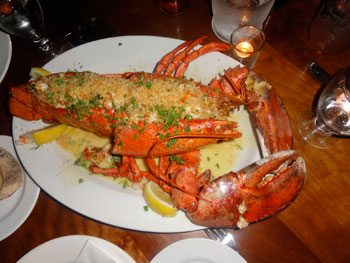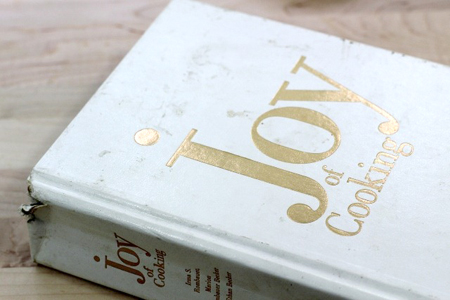 My Mimi told me something quite hysterically funny and dramatically morbid a few years ago…”If I die before your grandfather, he will have to eat something. I’ve taught him how to make cornbread. That should sustain him in between the three months I die and he remarries.”
My Mimi told me something quite hysterically funny and dramatically morbid a few years ago…”If I die before your grandfather, he will have to eat something. I’ve taught him how to make cornbread. That should sustain him in between the three months I die and he remarries.”
Tears immediately streamed down my face at the humor and sadness that thought evoked. That is, however, a bit of my family’s humor in a nutshell… delightful and somewhat macabre running hand in hand. What has happened though is a rivalry between Mimi and Granddaddy as to who makes the better batch of cornbread. They both use the exact same ingredients, same iron skillet, and same kitchen and oven for baking, but there are slight differences I would like to address: first the title.
Since Granddaddy makes it himself, it is dubbed “Granddaddy’s World Famous Cornbread.” Mimi’s boasts simply as “Mimi’s Cornbread,” which I guess is the passive aggressive way of saying hers is best. Since everything she makes is wonderful, permitting Granddaddy to title his dish as such is totally apropos. Plus, that is Granddaddy’s personality – everything he or his children do, but especially anything his grandchildren take on, mind you, is the best, exceptional, or “world famous.” The feeling is completely mutual and reciprocating.
I’m proud of my grandparents and there’s never been a doubt they are of me or the rest of the brood. I think their only flaw is that they gave me deep roots and short wings, considering I live two doors down. The cycle continues. I digress.

 I once went to the most spectacular Hollywood funeral ever. And the love that poured out was well deserved. We knew her by one name, kind of like Cher or Madonna. Kaye. Do you all know whom I’m talking about? You do if you were lucky enough to grow up in Beverly Hills at that time. It’s Kaye Coleman, beloved Nate ‘n Al’s waitress of 38 years and star of our collective childhoods.
I once went to the most spectacular Hollywood funeral ever. And the love that poured out was well deserved. We knew her by one name, kind of like Cher or Madonna. Kaye. Do you all know whom I’m talking about? You do if you were lucky enough to grow up in Beverly Hills at that time. It’s Kaye Coleman, beloved Nate ‘n Al’s waitress of 38 years and star of our collective childhoods. I am not certain, but I fear we foodies of Martha’s Vineyard don’t measure up to the truly high standards of obnoxious and perfectionist self-importance that other summer colony foodies get to display. (The Hamptons and the state of Maine come to mind.) I am embarrassed that there are only so many uppity remarks available to us if the lobster roll wasn’t toasted in butter, and what can you say other than “more please” when devouring freshly shucked Katama oysters or
I am not certain, but I fear we foodies of Martha’s Vineyard don’t measure up to the truly high standards of obnoxious and perfectionist self-importance that other summer colony foodies get to display. (The Hamptons and the state of Maine come to mind.) I am embarrassed that there are only so many uppity remarks available to us if the lobster roll wasn’t toasted in butter, and what can you say other than “more please” when devouring freshly shucked Katama oysters or 
 I was barely six years old and on an early summer vacation with my sister, Tanya and my Mother, a woman way a head of her time. The three of us were off on another adventure this time to the small town of Sorrento, Italy. Our father loved to travel but never outside the United States after he immigrated from Albania during the first World War to escape the atrocities in his village.
I was barely six years old and on an early summer vacation with my sister, Tanya and my Mother, a woman way a head of her time. The three of us were off on another adventure this time to the small town of Sorrento, Italy. Our father loved to travel but never outside the United States after he immigrated from Albania during the first World War to escape the atrocities in his village.